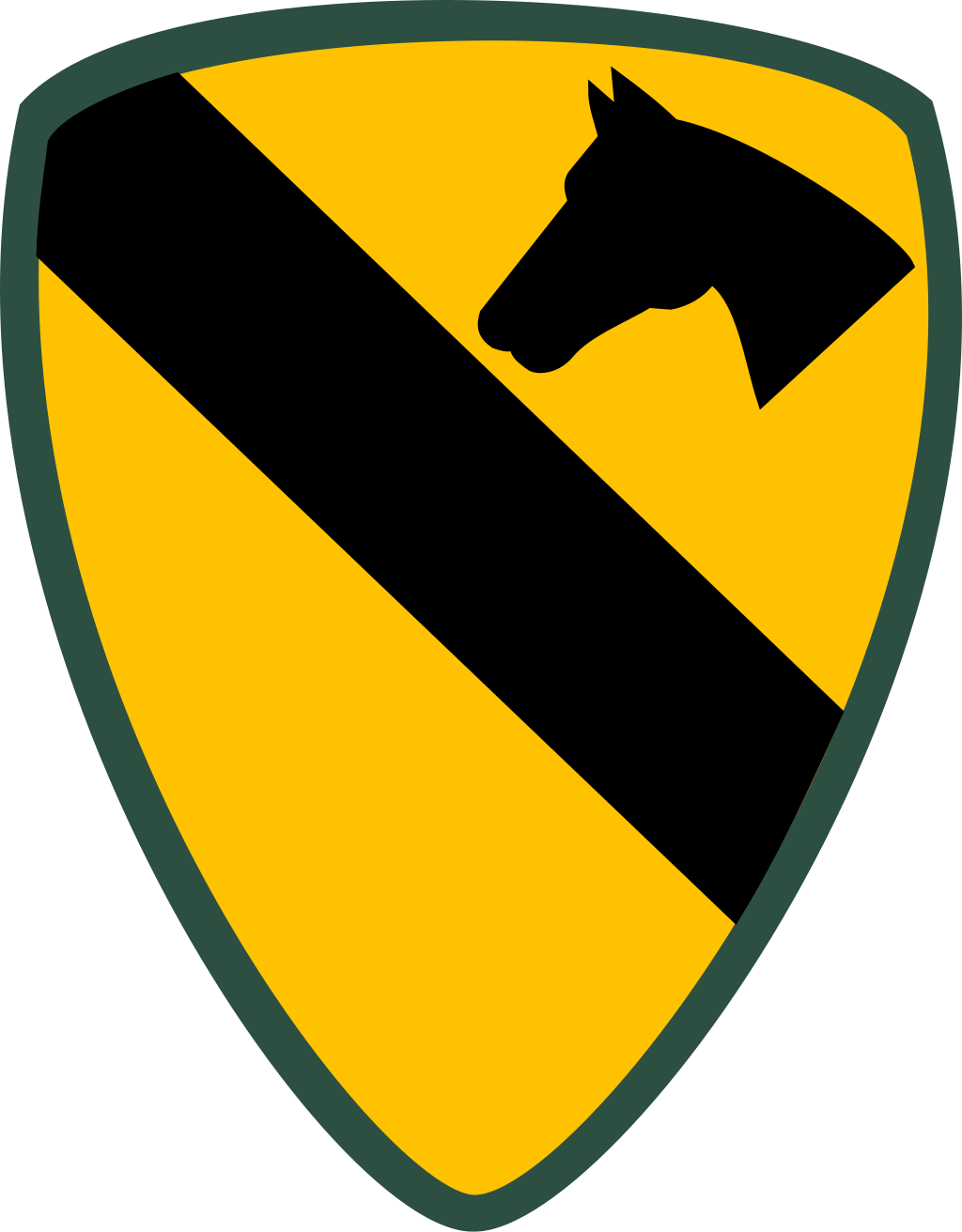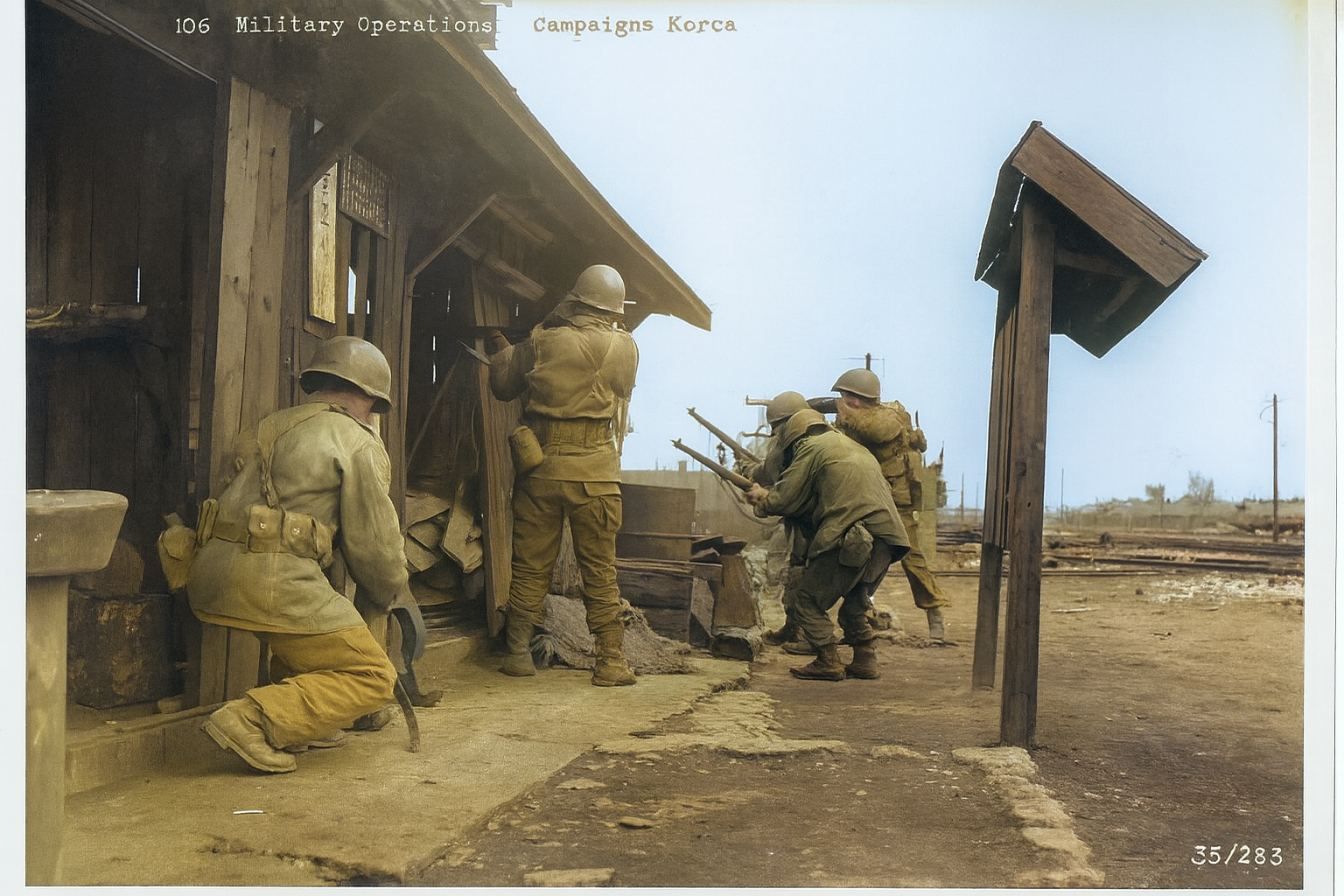
🇺🇸 Captured by the U.S. Army's 1st Cavalry Division — Not Marines, Not Special Forces
On October 19, 1950, the 1st Cavalry became the first U.S. force to capture an enemy capital city in the Cold War era.

🇺🇸 Captured by the U.S. Army's 1st Cavalry Division — Not Marines, Not Special Forces
On October 19, 1950, the 1st Cavalry became the first U.S. force to capture an enemy capital city in the Cold War era.

October 19, 1950: Soldiers of the 1st Cavalry Division fight through Pyongyang's railroad yards during the capture of what is now Kim Jong Un's capital. Before nuclear threats and missile tests, the U.S. Army controlled the heart of North Korea. This forgotten victory came just weeks before Chinese intervention turned triumph into retreat.
October 1950: The U.S. Army's 1st Cavalry Division stormed into Pyongyang, becoming the first foreign force in modern history to seize control of North Korea's capital. Just weeks after the successful amphibious landings at Inchon, this lightning-fast advance into enemy territory marked one of the most dramatic—yet often forgotten—Army victories of the Korean War.
Following the breakout from the Pusan Perimeter and the success of General Douglas MacArthur's Inchon landings in mid-September 1950, United Nations forces surged north. The North Korean People's Army (KPA), overstretched and in retreat, failed to establish effective defensive lines north of Seoul.
The U.S. Eighth Army advanced up the western corridor of the Korean peninsula. On October 19, 1950, soldiers of the 5th Cavalry Regiment and 8th Cavalry Regiment—both under the 1st Cavalry Division—entered Pyongyang from the south and west, engaging in sporadic firefights and securing major government buildings.
The colorized photograph above captures the reality of this historic moment. 1st Cavalry Division soldiers advanced through Pyongyang's railroad yards, clearing buildings and securing strategic points throughout the city. The urban combat was intense but brief—most organized resistance had already collapsed during the rapid advance north.
American troops raised the Stars and Stripes in Kim Il Sung's capital. By October 20, most KPA forces had retreated toward the Yalu River, where China's border loomed ominously. For a brief moment, the U.S. Army controlled the political heart of communist North Korea.
Controlling Pyongyang had strategic and psychological importance. It was the political and symbolic heart of Kim Il Sung's regime. Its capture effectively signaled the collapse of organized North Korean resistance—at least for a brief moment.
While American headlines celebrated, Chairman Mao authorized the secret deployment of the Chinese People's Volunteer Army (PVA). Just nine days after Pyongyang's fall, the first Chinese units crossed the Yalu River under cover of darkness.
By November, over 200,000 Chinese troops were positioned to launch a counteroffensive. What followed was the longest ceasefire in modern history—no peace treaty has ever been signed.
Most Americans today don't know that U.S. Army soldiers once controlled the city where North Korea's dictator now rules. The photograph at the top of this article shows what few remember: American soldiers fighting through the streets that Kim Jong Un now calls home.
This dramatic reversal of fortune—from controlling Pyongyang to facing Chinese intervention—represents one of the most significant strategic shifts in modern warfare. The 1st Cavalry Division's victory was real, but it was also fleeting.
Despite the dramatic victory, the Army's capture of Pyongyang is often overshadowed by Marine operations at Chosin Reservoir or MacArthur's controversial dismissal. Yet this event remains one of the few times in modern warfare that a capital city of an enemy regime was taken by U.S. ground forces.
"The fact that Pyongyang was once under the American flag is lost on most modern audiences. But for those soldiers in October 1950—it was real, hard-won ground." — Military Historian T.R. Fehrenbach
The Army's capture of Pyongyang deserves more than a footnote. It was a feat of speed, precision, and audacity. For the men of the 1st Cavalry Division, it was a moment of triumph—one that history has too often overlooked.
The next time you see news from Pyongyang, remember: American soldiers once fought through those very streets, captured that very city, and flew the American flag where Kim Jong Un now rules. It was the U.S. Army's forgotten victory.
Sources: U.S. Army Center of Military History, "Korea 1950," MacArthur Memorial Archives, and Fehrenbach, T.R., "This Kind of War."
Explore Related Stories:
WWII – Pacific: The 96th Infantry Division Iraq War: 3rd Infantry Division's Baghdad Victory